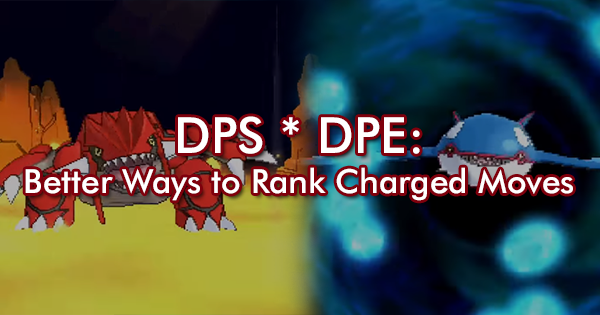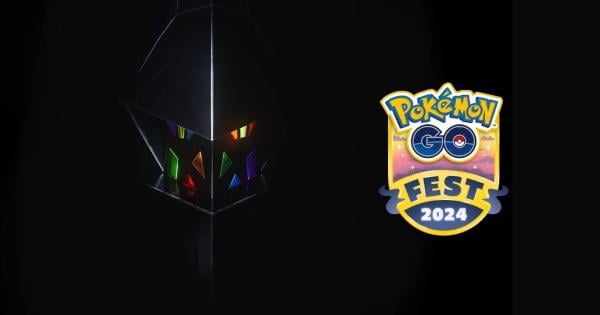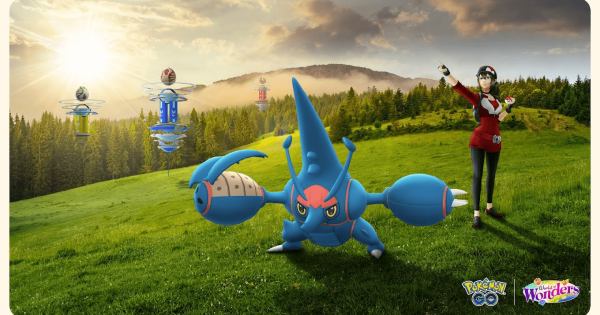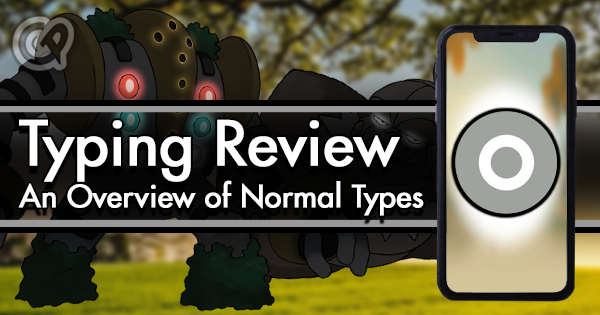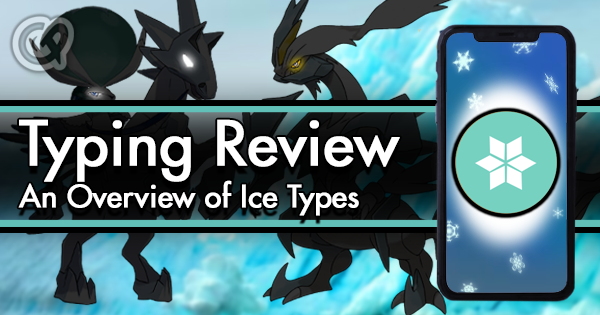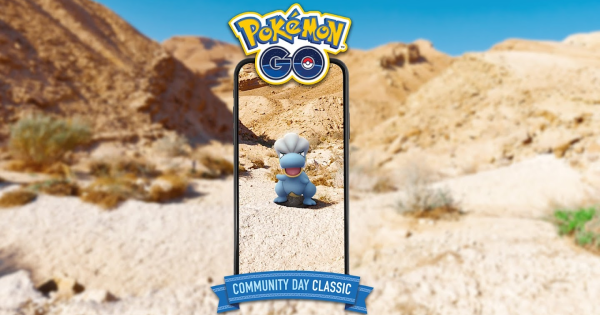Introduction
Players who battle in Pokemon GO care about damage output. While it’s easy to figure out which fast moves are better than others, charged moves are trickier to rank. Metrics classically used to compare charged moves suffer from huge flaws, and they cause misinformation due to their prevalent use among Pokemon GO resources.
Damage per second (DPS) is the earliest and most intuitive metric to compare charged moves. The concept of DPS is familiar to anyone who’s played an MMORPG or battle arena game, and it’s a highly useful way to compare fast moves. The concept is simple: moves that do the most damage in the shortest amount of time are the best.
The problem with DPS is that it overvalues low-power, short duration charged moves. DPS is only accurate if you’re using a move all the time. Charged moves cannot be used all the time by design; you have to charge them up first with a lower DPS fast move. Ranking by DPS leads to gross inaccuracies like Thunder > Wild Charge or Brave Bird > Sky Attack. 1-bar moves clutter the top of the list, while 3-bar moves concentrate near the bottom.
Damage per energy (DPE) attempts to counteract the flaws of ranking charged moves by DPS. The reason why moves such as Thunder and Brave Bird were poor despite their high DPS was that they made inefficient use of energy. In contrast, moves such as Shadow Ball and Leaf Blade performed well in practice despite their middling DPS because they did a lot of damage for only a partial energy charge.
The problem with DPE is that it undervalues 1-bar moves and wasn’t good for comparing moves with a different number of energy bars. For example, how does Dig (100 power, -50 energy, 4.7 s) compare to Earthquake (120 power, -100 energy, 3.6 s)? They’re about equally bad, but DPE can’t tell you how much of an impact Dig’s long duration has on its damage output.
Proposition: DPS * DPE
We see from the above examples that DPS and DPE both have value in determining charged move quality. The natural next step would be to create a metric that assigns weight to both parameters. In the absence of strong evidence either way, I experimentally assigned equal weight to DPS and DPE, then studied the results. Here is a partial table of moves ranked by DPS * DPE:
| Name | POWER | DURATION | ENERGY | DPS*DPE |
|---|---|---|---|---|
| Precipice Blades Origin Pulse |
130 | 1.7 | -100 | 99.412 |
| Frenzy Plant | 100 | 2.6 | -50 | 76.923 |
| Shadow Ball | 100 | 3 | -50 | 66.667 |
| Solar Beam | 180 | 4.9 | -100 | 66.122 |
| Overheat | 160 | 4 | -100 | 64 |
| Sky Attack | 80 | 2 | -50 | 64 |
| Draco Meteor | 150 | 3.6 | -100 | 62.5 |
| Wild Charge | 90 | 2.6 | -50 | 62.308 |
| Outrage | 110 | 3.9 | -50 | 62.051 |
| Leaf Blade | 70 | 2.4 | -33 | 61.869 |
| Avalanche Dynamic Punch |
90 | 2.7 | -50 | 60 |
| Dazzling Gleam | 100 | 3.5 | -50 | 57.143 |
| Focus Blast | 140 | 3.5 | -100 | 56 |
| Play Rough | 90 | 2.9 | -50 | 55.862 |
| Blizzard | 130 | 3.1 | -100 | 54.516 |
| Zap Cannon | 140 | 3.7 | -100 | 52.973 |
| Discharge | 65 | 2.5 | -33 | 51.212 |
| Hydro Pump | 130 | 3.3 | -100 | 51.212 |
| Thunderbolt | 80 | 2.5 | -50 | 51.2 |
| Surf | 65 | 1.7 | -50 | 49.705 |
| Ice Beam | 90 | 3.3 | -50 | 49.091 |
| Foul Play | 70 | 2 | -50 | 49 |
| Psyshock | 65 | 2.7 | -33 | 47.419 |
| Rock Slide | 80 | 2.7 | -50 | 47.407 |
| Fire Blast | 140 | 4.2 | -100 | 46.667 |
| Heavy Slam | 70 | 2.1 | -50 | 46.667 |
| Crunch | 70 | 3.2 | -33 | 46.402 |
| Dragon Claw | 50 | 1.7 | -33 | 44.563 |
| Flamethrower | 70 | 2.2 | -50 | 44.545 |
| Close Combat Stone Edge |
100 | 2.3 | -100 | 43.478 |
| Thunder | 100 | 2.4 | -100 | 41.667 |
| Brave Bird | 90 | 2 | -100 | 40.5 |
| Earthquake | 120 | 3.6 | -100 | 40 |
| X-Scissor | 45 | 1.6 | -33 | 38.352 |
| Flash Cannon | 100 | 2.7 | -100 | 37.037 |
| Psychic | 100 | 2.8 | -100 | 35.714 |
Result Validation
Are charged moves ranked in the generally correct region?
Yes. Charged moves known to be good, such as Shadow Ball and Leaf Blade, are ranked highly, while charged moves known to be poor, such as Thunder and Brave Bird, are ranked low (although there are many much worse charged moves). This is an improvement from pure DPS or DPE ranking.
Are charged moves properly ranked relative to each other?
Yes and no. The list indicates that Frenzy Plant > Solar Beam, Wild Charge > Zap Cannon, and Foul Play > Crunch, as examples. But there are also incorrect relative rankings, such as Blizzard > Ice Beam, Zap Cannon > Thunderbolt, and Fire Blast > Flamethrower. This is still an improvement from pure DPS or DPE ranking, however.
Systematic Flaws
DPS * DPE still overvalues 1-bar charged moves, specifically those with very high DPS. This is illustrated by Precipice Blades and Origin Pulse topping the list by a huge margin, although in practice, they perform at the level of Frenzy Plant. Moves such as Fire Blast and Zap Cannon are widely considered to be inferior to their 2-bar counterparts, but at least this metric puts them within just a couple of points of each other.
Practical quirks in battle, such as fainting with wasted energy or prior to a charged move’s damage window, are not accounted for in this metric. One could include penalty multipliers for 1-bar moves and late damage windows, but that would introduce a lot of complexity for a little improvement in accuracy.
Conclusion
Finding a metric that 100% correctly ranks charged moves is almost impossible, because DPS and DPE carry different weight depending on a Pokemon’s fast move. However, I believe that DPS * DPE is a far superior ranking metric to either DPS or DPE alone, which is what almost all Pokemon GO resources use. While weighting can be adjusted to improve accuracy, DPS * DPE has the advantages of being elegant and easy to conceptualize.
GamePress took a step to move away from the charged move ranking by DPS paradigm by removing the DPS column from our charged move page. We also plan on removing charged move DPS from individual Pokemon pages. We will primarily be using DPS * DPE as an aggregate metric to express charged move quality.
Thanks for reading.

